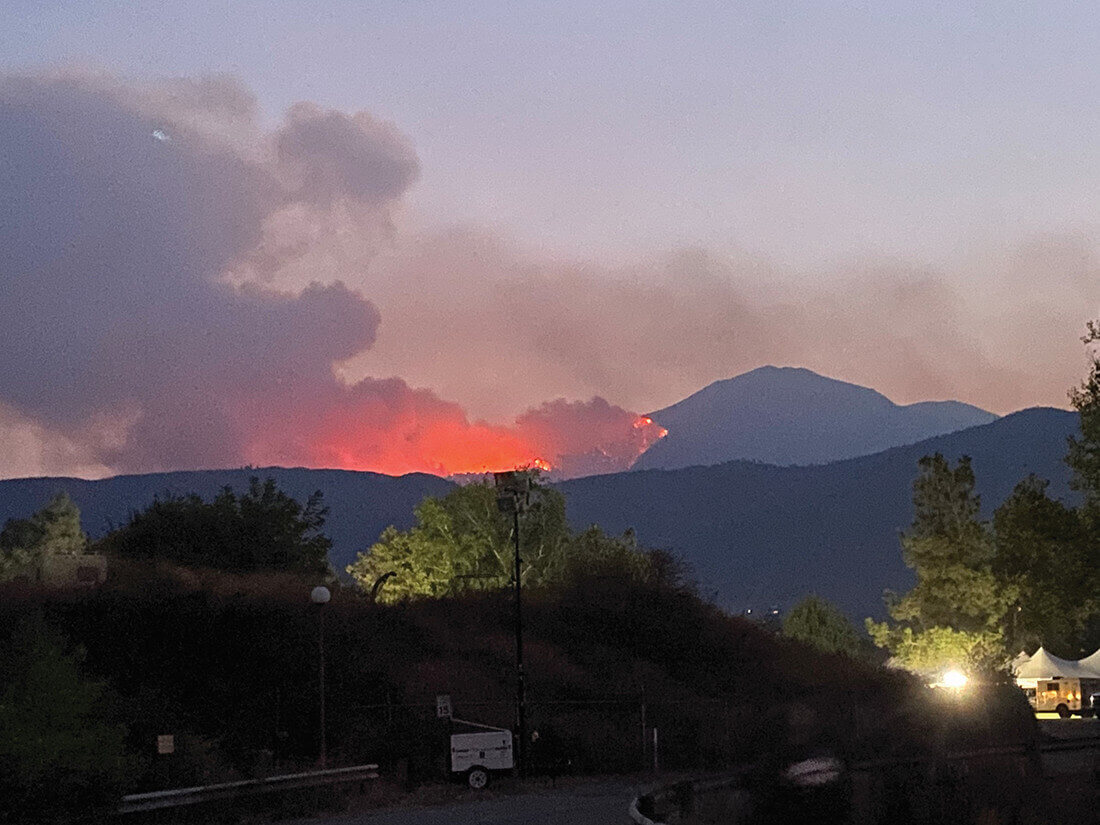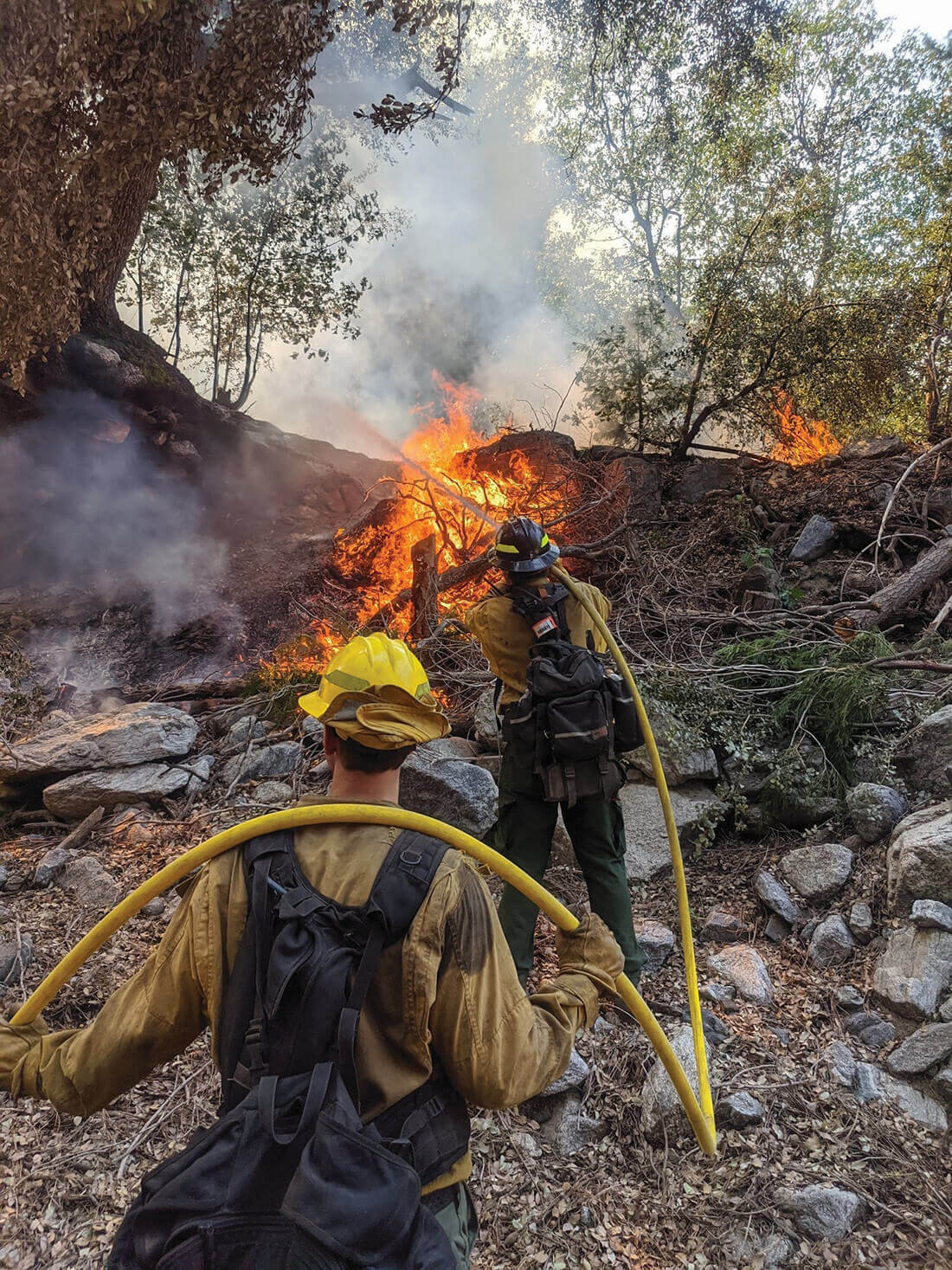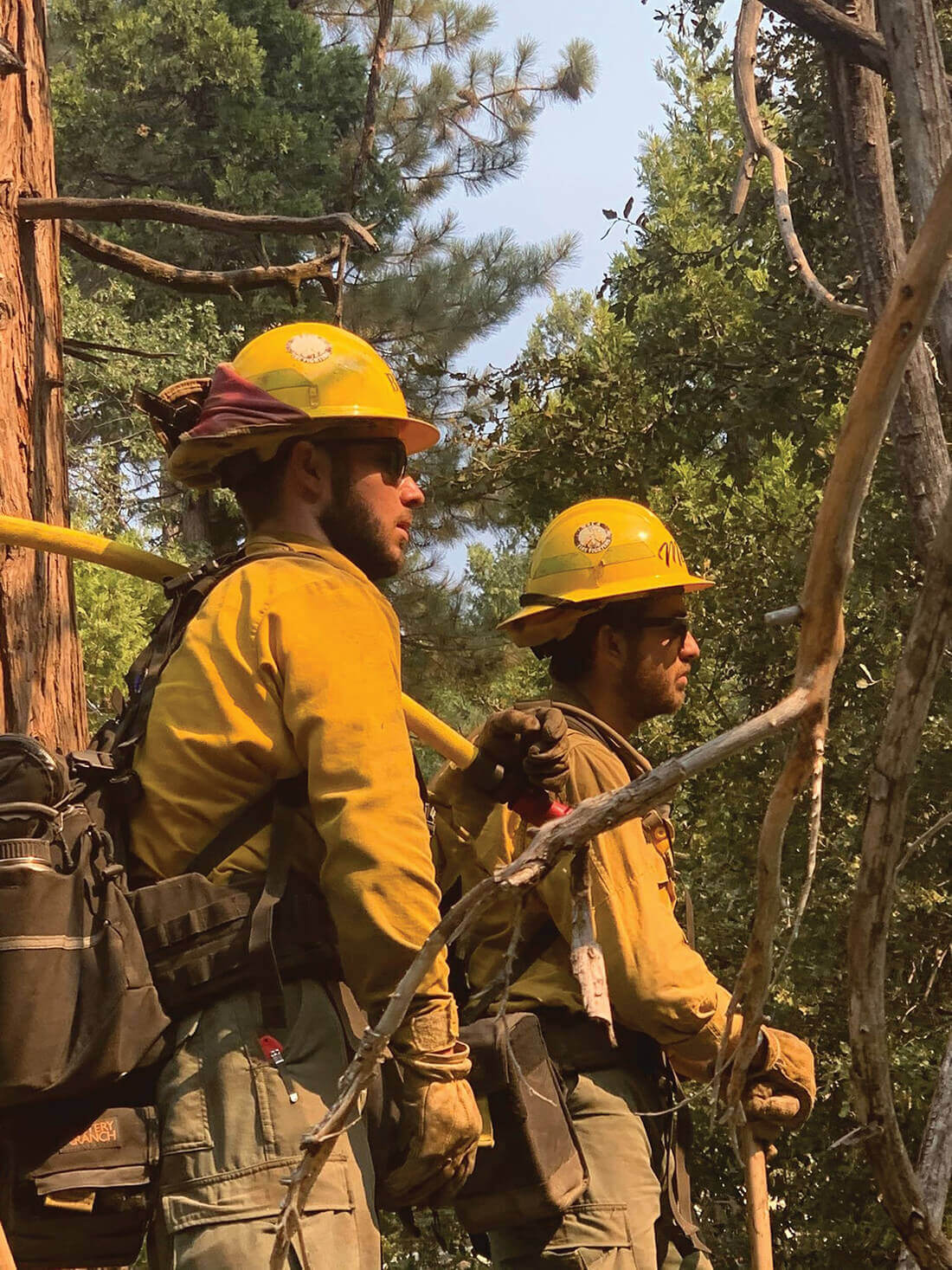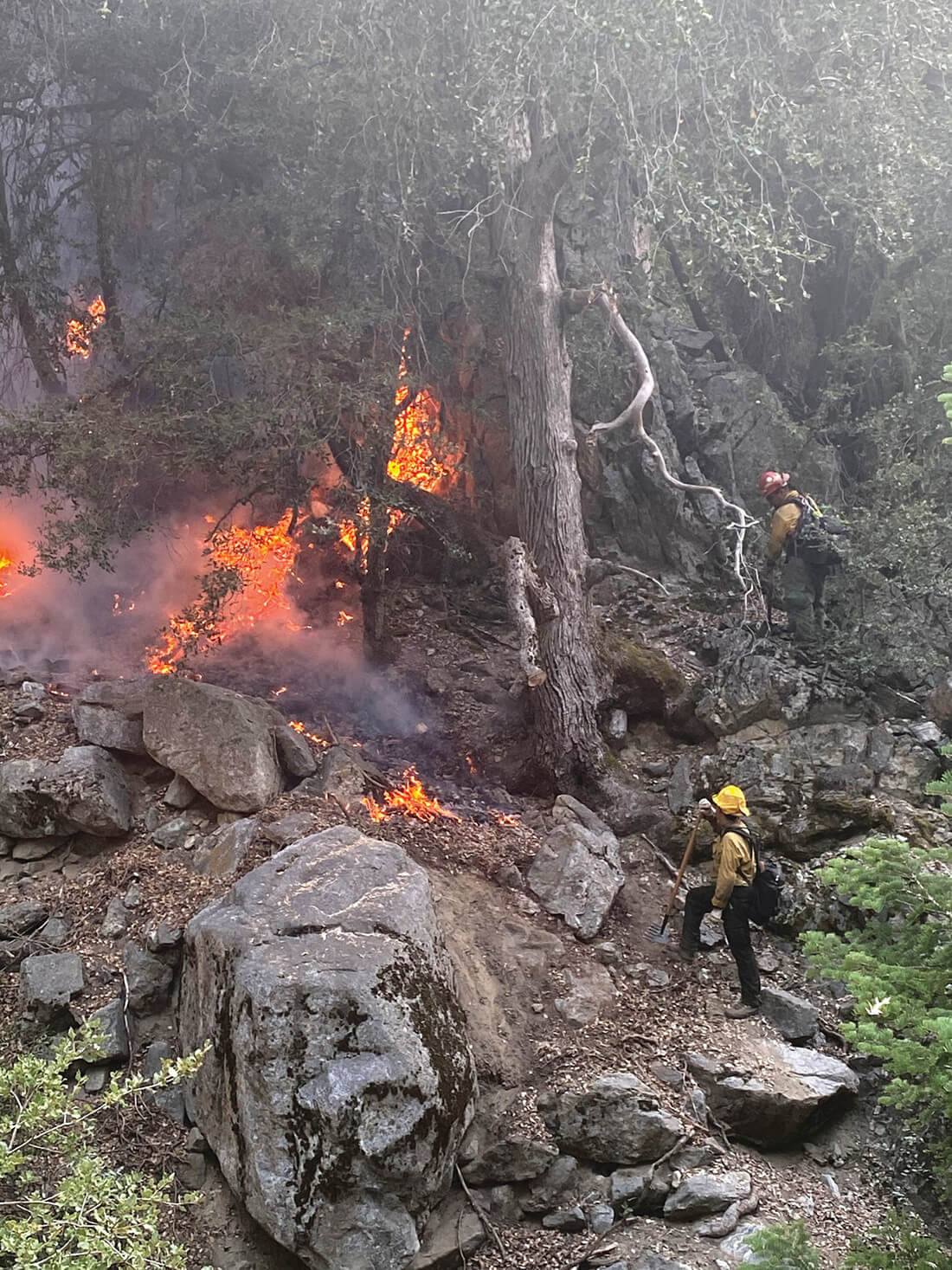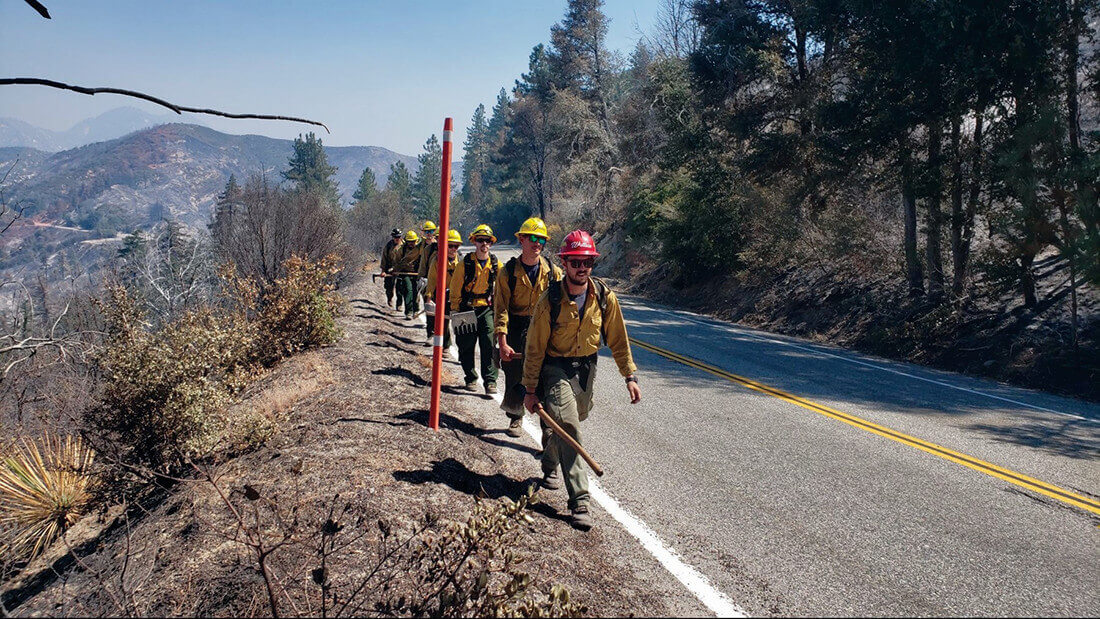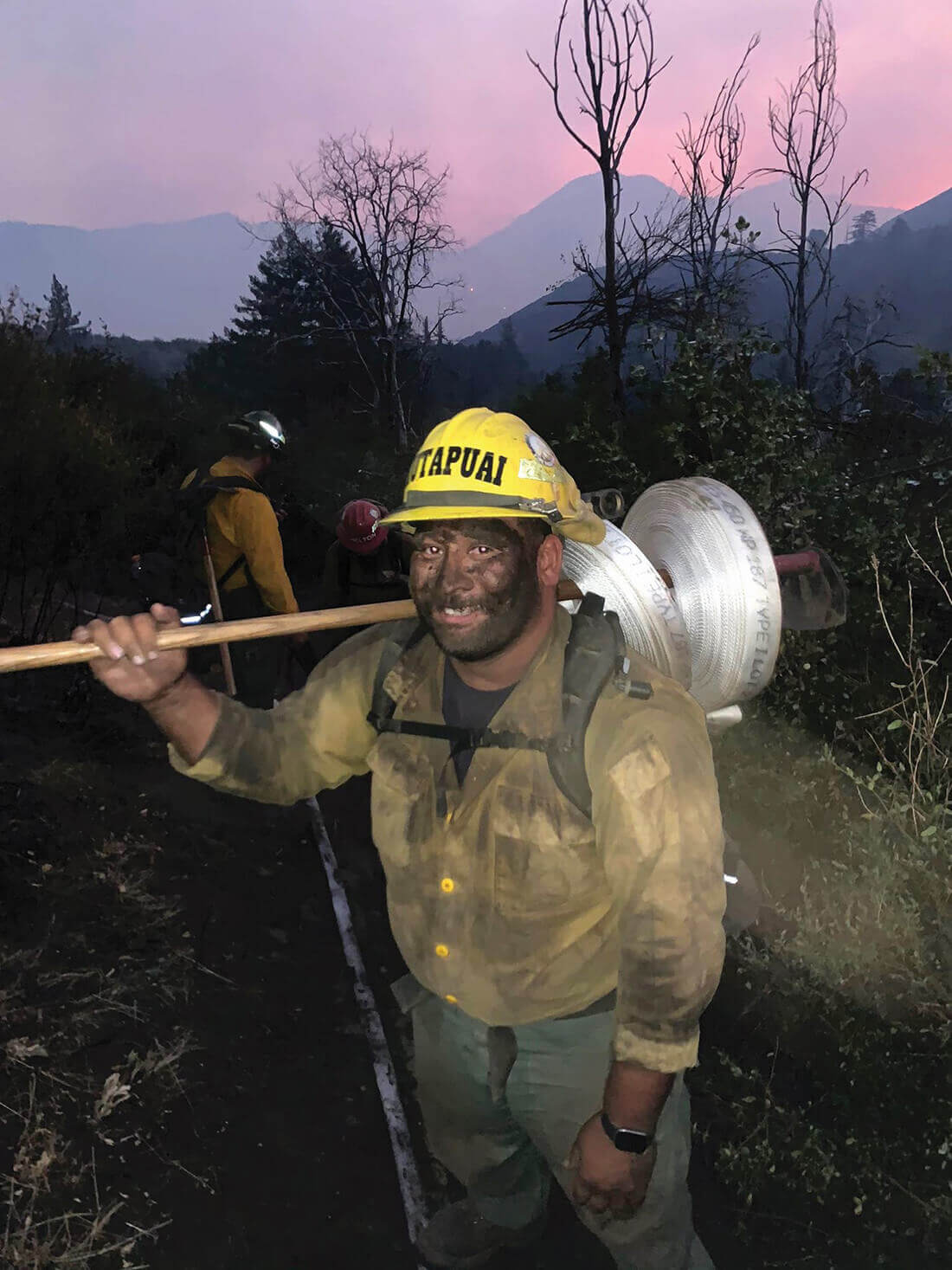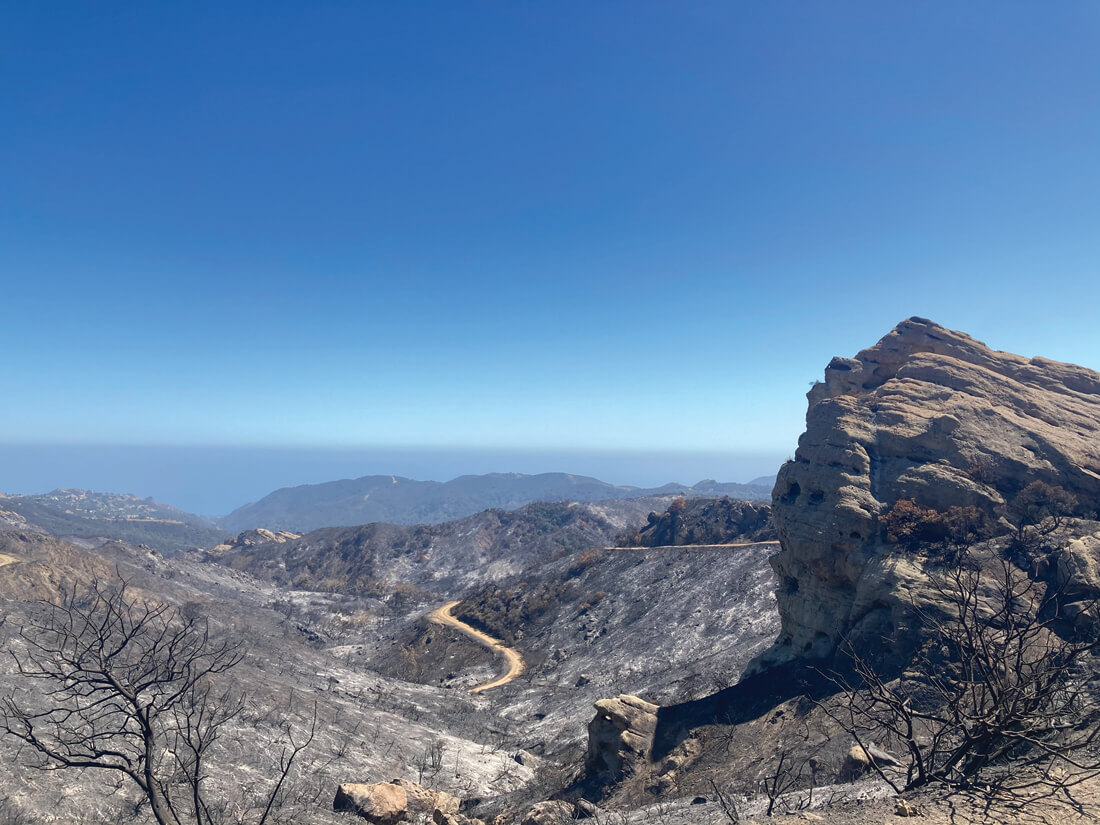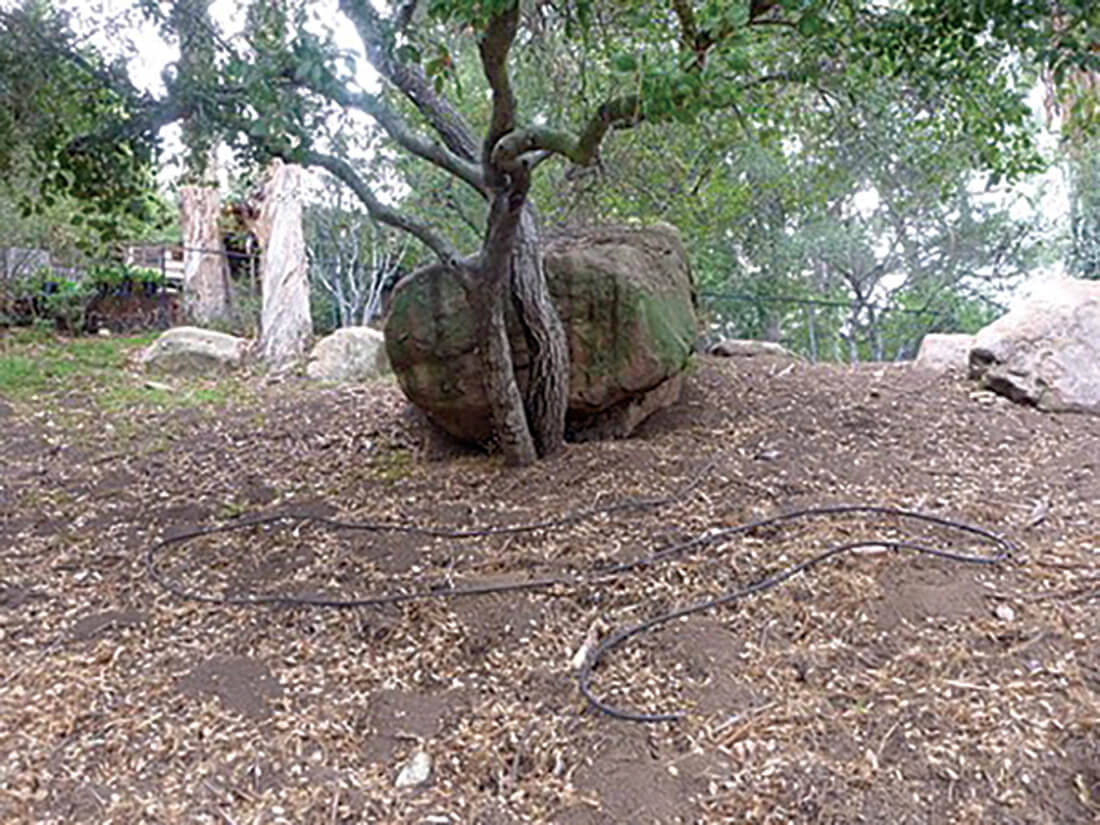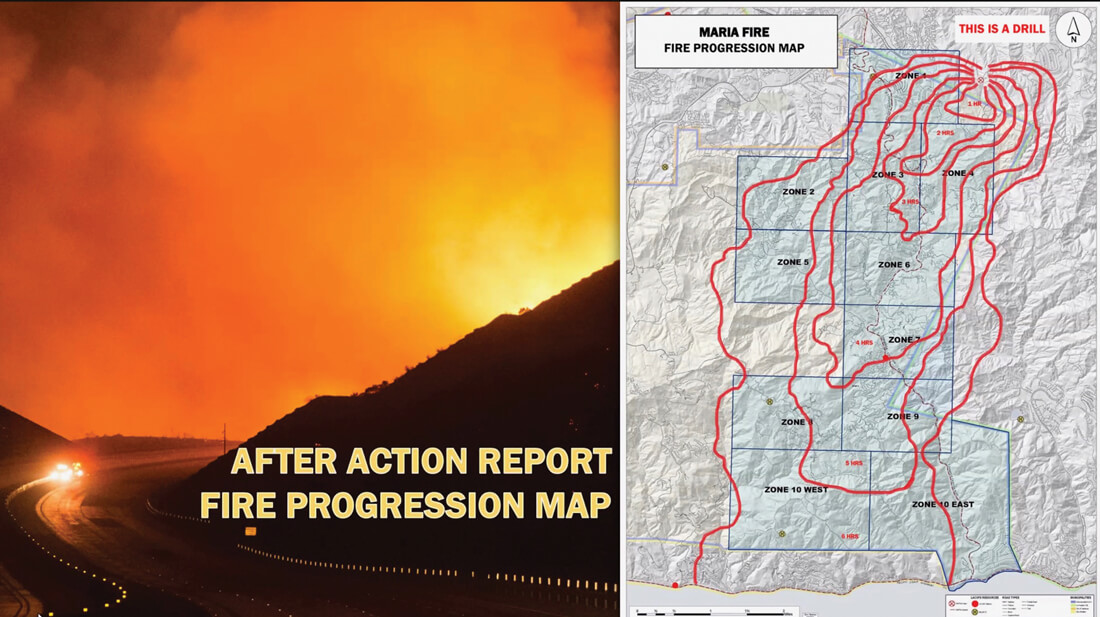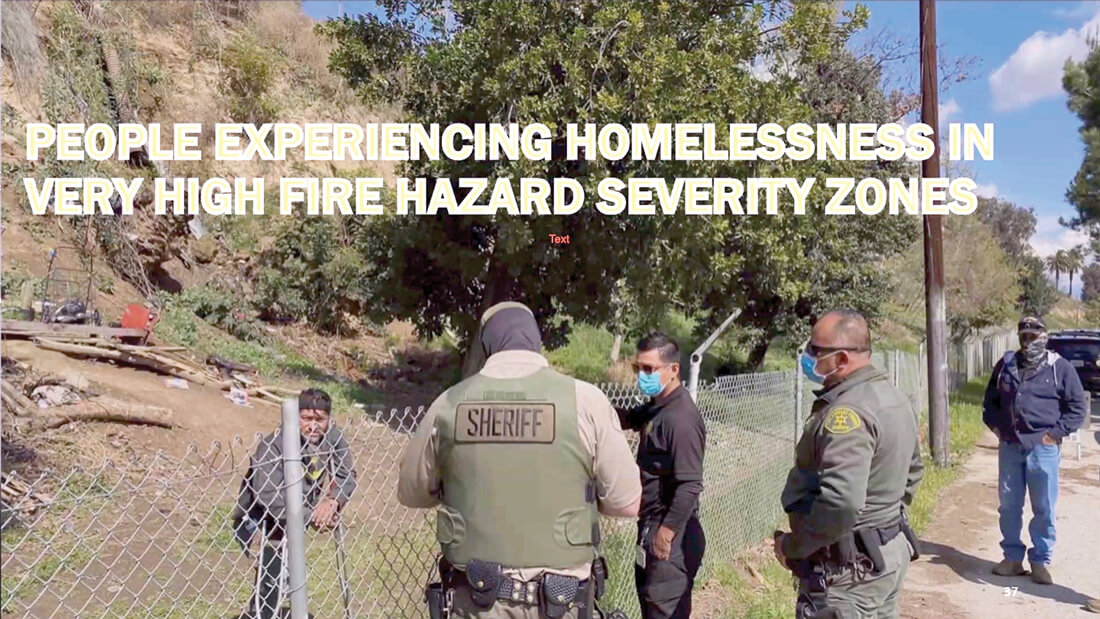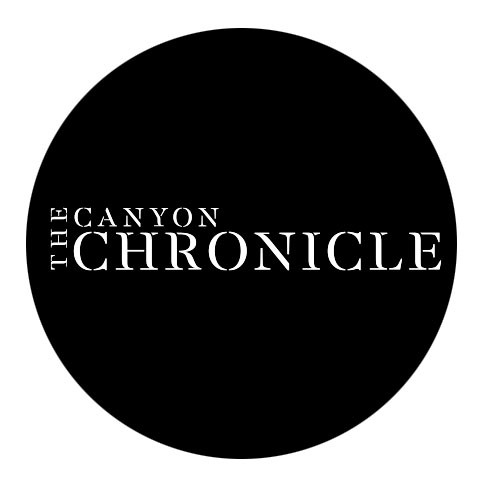MRCA Wildland Firefighters Deserve a Hero’s Welcome
By Annemarie Donkin
If anyone was destined to become one of the top wildland firefighters in Southern California, it is Topanga resident Jakub Slovacek, who lives on Red Rock Road.
Back from a grueling 21-day stint on the El Dorado and Bobcat fires, Slovacek, along with his entire wildland firefighting team, deserves a hero’s welcome. They fought in ten of this year’s most devastating California wildfires for about 60 days—two months of nonstop firefighting during the hottest days of the summer.
Slovacek, Assistant Fire Management Officer with the Mountains Recreation and Conservation Authority (MRCA), and his teammates were finally released from those fires in early October for some much-needed R&R.
The Canyon Chronicle also wants to acknowledge, by name, members of the MRCA Wildland Firefighting team working with Slovacek: Kurt Zimmerman, Jesse Niutapuai, Brian Alex, Richard Shelton, William Arnao, Anthony Lopez, Jack Wallace, Ricardo Hernandez, Anthony Dorr, Joel Orme, Joseph Ralston, D.J. Brown, Steven Consylman, Muzaffer Sharifi, Leigh Adams, Hugo Cruz, Dylan Altman, Andrew Young, Brian Camuccio and Andre Medina.
The¬ÝBobcat Fire¬Ýstarted on Sept. 6, 2020, as part of the¬Ý2020 California wildfire season. As of Oct. 25, it had burned 115,796 acres in the central¬ÝSan Gabriel Mountains, in and around the¬ÝAngeles National Forest. The blaze destroyed 171 buildings, including 87 homes.
The El Dorado fire began on Sept. 5, caused by a malfunctioning smoke-generating pyrotechnical device at a¬Ýgender reveal party. One firefighter was killed by the fire.¬ÝBy Oct.10, the fire was at 22,744 acres and 95 percent contained.
“We were 14 days on the El Dorado fire in Yucaipa and seven days on the Bobcat; I’m not going to lie; the El Dorado fire was the worst,” Slovacek said. “Everybody was feeling it—it was a somber day. I don’t want to get into politics; it was the circumstances that happened. We are more focused on the safety of our guys and the job itself and don’t have time or energy to worry about politics or the blame game.”
While devastating, those were not the only fires the MRCA team fought this summer.
“We have been on ten campaign fires since Aug 2,” Slovacek said. “Apple; Lake; Hosler; River; Lightning Complex; Castle; the SQF Complex Fire (includes Castle and Shotgun fires); August Complex; the El Dorado and the Bobcat Fires with a combination of Type 3 and Type 6 strike teams as well as single resource elements (one wildland fire engine). A majority of fire division staff have been deployed over 50 days within California.”
On large incidents. a¬Ýstrike team¬Ýconsists of five of the same type of engine, either Type 1¬Ýfire¬Ýengines to provide structure protection or Type 3 brush engines to assist with¬Ýfire suppression¬Ýin rugged terrain.
Each strike team¬Ýis made up of five¬Ýengines¬Ýwith the same capabilities (structure protection, wildland, etc.) and a leader in a command vehicle.
“They have you go out, and once you hit 14 days it can be extended for seven more days, or they call for an extension when the need for more firefighters [is high],” Slovacek said. “The need was pretty high so we extended up to 21 days; that is the maximum you can do.”
Jakub Slovacek—From the Czech Republic to Topanga. Born in the ancient, picturesque town of Olomouc in the Czech Republic, Jakub immigrated to the United States in 2002 with his mother, Marcela, brothers Leo and Matthew, and his sister, Kristyna. The family settled north of L.A. in the Santa Clarita Valley to be near his aunt, Helena, the owner of the Schoonerville Sports Restaurant in Canyon Country.
Slovacek, who was 16 at the time, became a computer science major at College of the Canyons in Valencia, but yearned for more.
“I was not really into it,” he said. “I like to be active, to be hands-on, and I love sports. Sitting behind a desk all day didn’t really appeal to me.”
Luckily, in 2004, Slovacek had a life-changing conversation with a firefighter at his aunt’s restaurant and decided to join the MRCA in their wildland firefighter training program.
“I started volunteering with them and two years later, I moved near to the Calabasas MRCA Fire Division Headquarters,” he said.
“Slovacek really is an American success story,” said Ken Nelson, Fire Management Officer for the MRCA Fire Division Headquarters in Calabasas and Slovacek’s supervisor. “He started as a volunteer through the high school program, moved through several levels of employment and became a full-time employee, from the lowest line position using hand tools, up through the ranks to Assistant Fire Manager.”
The MRCA. As a governmental support agency, the MRCA manages more than 75,000 acres of parkland that it owns or that is owned by the Santa Monica Mountains Conservancy. It provides operations, ranger services, fire prevention and protection services, outreach, and community-based planning to improve its parks and to encourage all Southern Californians to experience nature.
According to its website, the MRCA parkland that the teams manage, span open spaces and varied terrain throughout the Santa Monica Mountains and the Rim of the Valley Trail Corridor, including the Simi Hills, the Verdugos, the Santa Clarita Woodlands, and the Los Angeles River Watershed.
The Santa Monica Mountains Conservancy (SMMC) zone also covers an area from the edge of the Mojave Desert to the Pacific Ocean. The zone encompasses the whole of the Santa Monica Mountains, the Simi Hills, the Verdugo Mountains, and significant portions of the Santa Susana and San Gabriel Mountains.
The MRCA Wildland Fire Team. “Firefighters work for the fire division of the MRCA day in and day out,” Nelson said. “We are doing our project work, brushing (clearing brush), but when something kicks off, we go off to fight fires. We are wildland specialists; all we do is wildland fire.”
With regard to the care of the Santa Monica Mountains, MRCA Fire has a highly specialized function designed around fuel modification and park structure protection at the urban interface. The team can be rapidly integrated into L.A. County, The City of Los Angeles, Ventura County, and U.S. Forest Service operations.
When called upon by CalFire or the Office of Emergency Services for out-of-area fires, MRCA fields a strike team comprised of five Type III brush engines, a total of six vehicles, 20 engine staffers and a supervisor.
“We are just one small piece of the big picture,” Nelson said. “Fire is obviously one thing we do; we are nowhere on the scale of L.A. County or the City of Los Angeles, but we certainly think we can help. We like to think we make a difference.”
Nelson said the MRCA is always open to questions and feedback from the community.
“We assist and work closely with the Los Angeles County Fire Dept. in whatever needs they have, to accomplish the goal of suppressing fires and other incidents that might arise,” he said. “We don’t react to fires, we respond” to them—pre-plan and prepare. When we get out and work, we take every loss personally; we try to make a difference.”
Life as an MRCA Wildland Firefighter. We asked Slovacek how the wildland firefighters ever get used to working way too hard and way too many hours and days when it’s nearly 120 degrees!
“We wear wildland fire clothing, which is different than structure-protective gear; it is made out of Nomex and is much thinner,” he said. “You have to counter the fluid loss by drinking a lot during the hard work hours, and snacking. You gauge your limits and take frequent breaks; sometimes you carry up to 70 pounds worth of gear on the fire line.”
Slovacek said that the most helpful equipment that each firefighter brings along are their Red Bags that hold up to 14-days-worth of personal needs, clothing, clean wipes, and snacks.
‚ÄúIncident Command supports all firefighters with a base camp, which is like a small city; L.A. County Fire is good at that,‚Äù he said. ‚ÄúThe base camps set up pretty quickly for the support of the firefighters. We always need lip balm and vitamin drink packets for when the fatigue sets in; we put Emergen-C in our water bottles. ¬Ý
So, what does Slovacek do on his days off?
“I own a motorcycle,” he said. “I love to go riding, spending time with family, house and car improvement projects, basketball, camping, fishing, and traveling.”
As a member of the MRCA Wildland Team, we just had to ask, why, of all places, he chose to live in the Red Rock neighborhood of Topanga while knowing the extreme wildfire danger?
“That’s exactly why I am there,” he said.
For more information: Mountains Recreation and Conservation Authority, 1670 Las Virgenes Canyon Road, Calabasas, CA 91302 (http://mrca.ca.gov/fire-prevention.html)
photos by Jakub Slovacek





